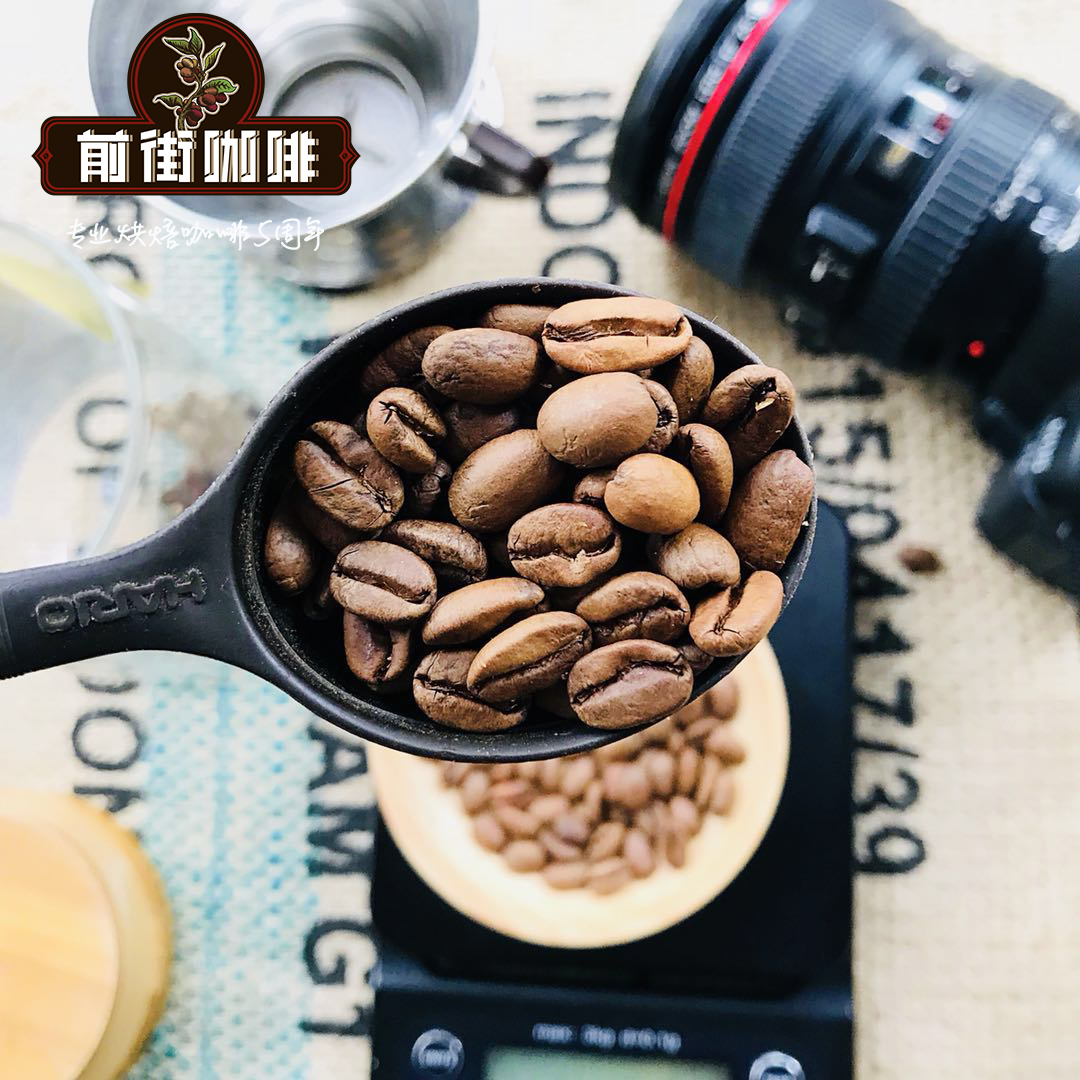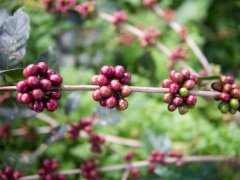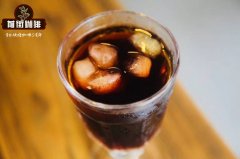Introduction of Mocha producing areas in Yemen? What are the reasons for the low coffee production in Yemen?

Professional coffee knowledge exchange More coffee bean information Please pay attention to coffee workshop (Weixin Official Accounts cafe_style)
made in| Yemen mocha coffee
Yemen's coffee culture differs from that of other places, and the unique flavor characteristics can be attributed in part to the country's ancient trade style. Yemeni coffee was the first coffee to be commercialized (for buying and selling), traded through the port city of Al Mahka (also written Mokha). Yemeni coffee has a unique, pristine flavor that can be attributed to sun treatment, ancient seed genes, and arid natural conditions. However, some of the "characteristics" of Yemeni coffee are also related to green bean defects. The causes of these defects include: improper picking and processing, delays in coffee transportation, humid weather in the port city of Al Hudaydah(or Hodeidah), mixing of old and new beans, etc.
Yemen's coffee trade is complex. Exporters do not buy directly from farmers, but through a network of middlemen. Local buyers store dried cherries in underground caverns. Most of the coffee actually exported is old beans, not new beans of the season (in general, fresh beans harvested in the current year are called "New Corp","Past Corp" harvested in the previous year, and "Old Corp" stored for more than a year, but this is a local tradition and the reason why the moisture content of the latest arrival of Yemeni coffee is usually in the range of 10.5%.
Growers in Yemen are not unduly harmed by middlemen, mainly because of limited land for coffee cultivation, rather low yields due to high altitude and limited inputs, and very high market demand.
Yemen was the original source of commercial coffee, brought to Europe by Muslim merchants or their trading partners. It is also the origin of most coffee varieties in the world today, Bourbon and Typica from Yemen. In one sense, Yemen is more convincing as the birthplace of coffee than Ethiopia, because the recorded history of Yemeni coffee dates back 1200 years.
Most people, however, agree that coffee is not native to Yemen; it comes from the highlands of western Ethiopia (some claim Jimma, or Kaffa). It was transported with other goods and slaves, cultivated along the way, and finally arrived at the kingdom of Harar in eastern Ethiopia. From there, it came to Yemen, where it was cultivated for local consumption and traded in Arabia, the Mediterranean and elsewhere.
In the 19th century, Mokha coffee was still a rare and expensive coffee. In the era of maritime trade, these coffees "aged" over time during shipping, and consumer taste was affected by this-the bright acidity in the coffee was not appreciated and was not considered a fresh taste. (A similar example is Java coffee-Indonesia's green beans arrive in the United States after a long sea voyage, changing color from green to wood-like yellow.) Thus, in this sense, traditional Yemeni coffee is measured differently from the modern coffee industry.
In many areas, Yemeni coffee is grown on stone-supported terraces dating back 2000 years. The soil in the terraces is not completely dry, and the only reason coffee can grow is that there is no artificial intensive farming. Due to lack of water resources, high yield crops cannot be grown in most areas, so the nutrient requirements of the soil are kept in a sustainable balance with the crop (coffee) that the soil can produce.
Mokha (Al-Mahka) is a port city in Yemen. (This has nothing to do with chocolate coffee drinks in coffee shops.) Many Ethiopian coffees are also known as Moka (such as Moka Harar), believing they want to associate themselves with the taste of Yemeni coffee. Mokha is usually spelled "Mocca" or "Mocha" or "Moka" in trading. But in fact, the most correct spelling you'll ever guess: "Al-Mahka", which is the most authentic Arabic spelling. Amazingly, with Yemen's turmoil, the coffee trade continues.
Yemeni coffee is generally grown at higher elevations (although southern growing areas are lower) and requires a slightly longer roasting time than other Arabica coffees. And because Yemeni coffee is usually sun-cured, the roast color will be uneven. But we should judge coffee taste by cup test, not visual performance. Some Yemeni coffees are very small in size, which can lead to over-roasting problems.
Important Notice :
前街咖啡 FrontStreet Coffee has moved to new addredd:
FrontStreet Coffee Address: 315,Donghua East Road,GuangZhou
Tel:020 38364473
- Prev

What is a single production area?
[Introduction to Coffee Bean Producing Areas-Single Region and Manor Farm
- Next

How much does it cost to invest in a coffee shop to join a coffee shop and how to run a coffee shop to start a business?
Professional coffee knowledge exchange more coffee bean information please follow the coffee workshop (Wechat official account cafe_style) first of all, whether or not the coffee shop joining mentality must be correct many people to open a coffee shop as a business ideal goal, but if you just rent a store want to join, want to sit in the store passively waiting for customers to come to spend, it is not that I want to pour cold water on you, after the opening of business you will
Related
- What documents do you need to go through to open a coffee shop? coffee shop coffee shop certificate processing process
- How to purchase Coffee beans in small Cafe how to choose a suitable supplier for domestic Coffee supply Company
- How to drink Starbucks Fragrance White Coffee? how to make Australian White Coffee? what Italian coffee beans are recommended?
- The Story of Flora Coffee: the name of Flora Coffee Bean and the implication of the Flowers on Florna Coffee
- How much does a cup of coffee cost? How much is the profit of a cup of coffee? What is the profit of the coffee shop in a year?
- Yunnan small Coffee, known as "fragrant Coffee", introduces the characteristics of Alpine Arabica Coffee producing areas in Yunnan, China
- 2023 latest Starbucks full menu price list how much is a cup of Starbucks coffee what is better to drink the most popular hot and cold drinks recommended
- Starbucks different kinds of Coffee Price list Starbucks menu 2023 Top Ten Best drinks in Starbucks
- Starbucks Spring praise Comprehensive matching Coffee Bean theme Story Packaging implication and taste description
- The cost of a cup of coffee latte American coffee cost price and selling price

